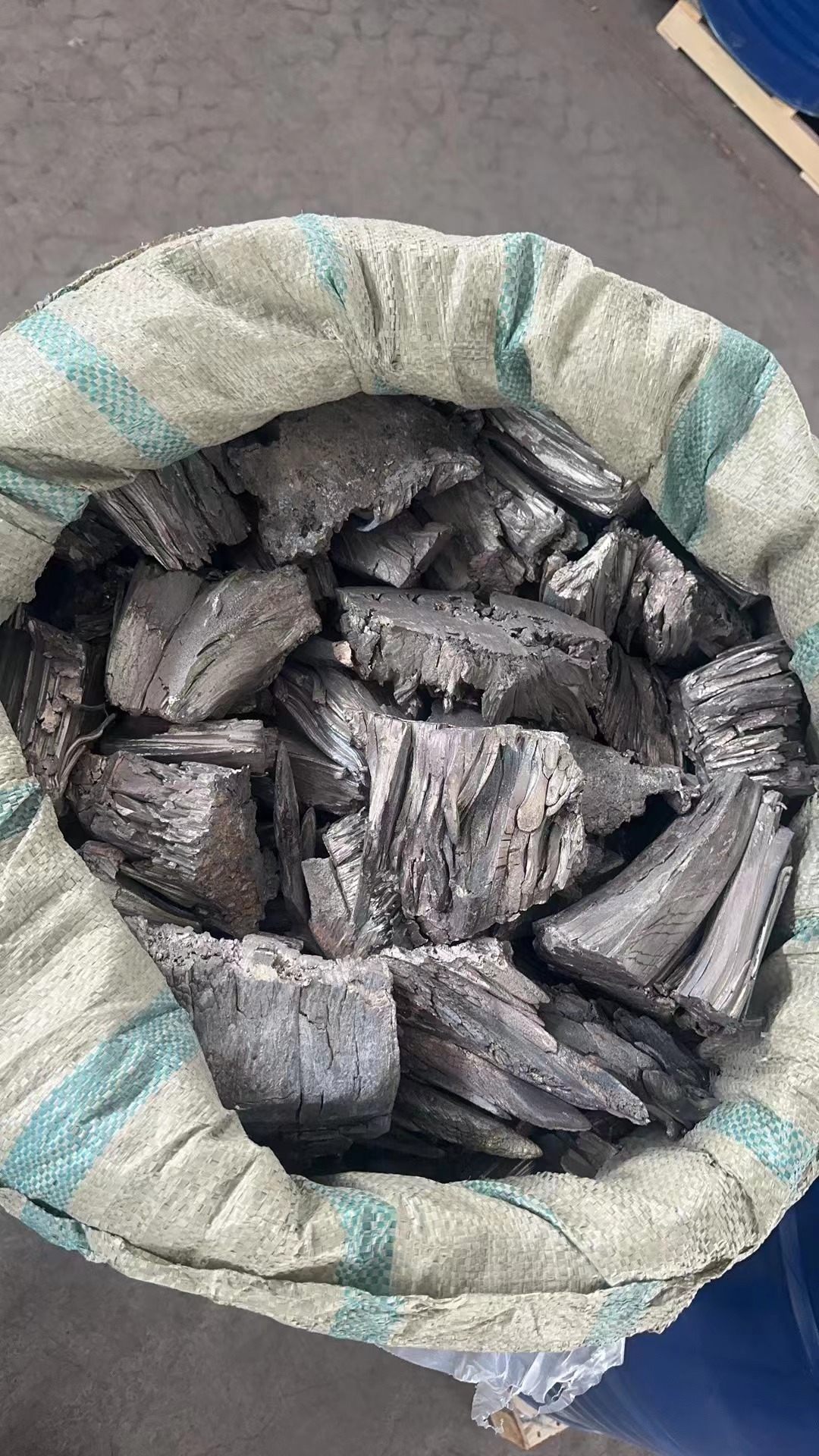There are two production methods for metallic calcium. One is the electrolytic method, which produces metallic calcium with a purity generally above 98.5%. After further sublimation, it can reach a purity of over 99.5%. Another type is metal calcium produced by the aluminothermal method (also known as the slurry method), with a purity of generally around 97%. After further sublimation, the purity can be improved to a certain extent, but some impurities such as magnesium and aluminum have higher content than electrolytic metal calcium.
Silver white light metal. Soft texture. Density of 1.54 g/cm3. Melting point 839 ± 2 ℃. Boiling point 1484 ℃. Combined valence+2. Ionization energy is 6.113 electron volts. Chemical properties are active and can react with water and acid, producing hydrogen gas. A layer of oxide and nitride film will form on the surface of the air to prevent further corrosion. When heated, almost all metal oxides can be reduced.
Firstly, metallic calcium can be used as a reducing agent in the metallurgical and chemical industries. It can beUsed to reduce metal oxides and halides. In addition, metallic calcium can also be used to prepare other heavy metals Required metals, such as zinc, copper, and lead.
Secondly, metallic calcium also plays an important role in steel production. Calcium can be added
To improve the performance and quality of steel. Calcium can improve the strength and toughness of steel, while Reduce the brittleness of steel. In addition, adding calcium can also prevent the formation of oxides and impurities in steel, Thus improving the quality of steel.
In addition, metallic calcium can also be used to prepare various alloys. Calcium can interact with other metallic elements Composition alloys, such as calcium aluminum alloys, calcium copper alloys, etc. These alloys have many special physical properties And its chemical properties can be used to manufacture various materials and conductive materials.
Finally, metallic calcium can also be used to prepare various compounds. For example, calcium can interact with oxidation Elements such as compounds and sulfides form various compounds, such as calcium oxide and calcium sulfide. These compounds Objects are widely used in the manufacturing of building materials, fertilizers, and pharmaceuticals.

Post time: Jan-18-2024



